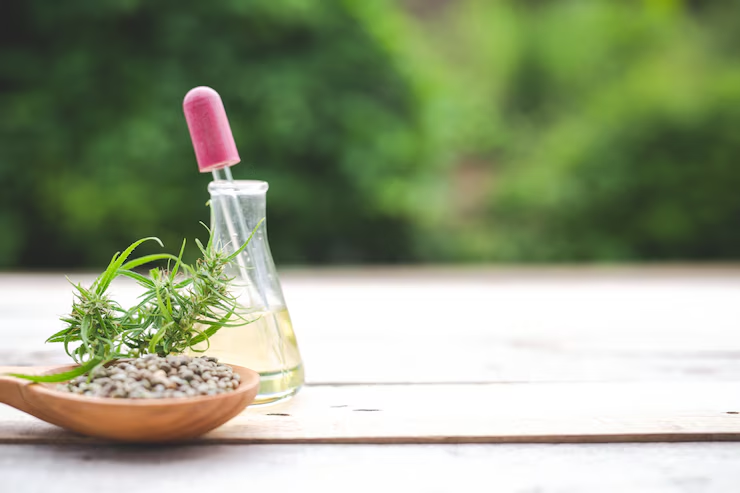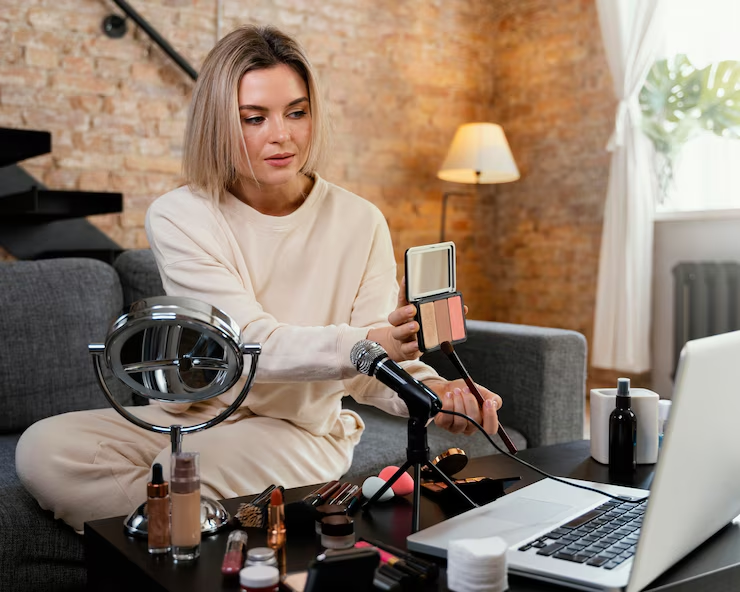Understanding the Bioavailability of Top CBD Products
Table of Contents
With the booming popularity of cbd roll on for pain in the wellness industry, consumers are becoming increasingly aware that not all CBD products are created equal. One of the most critical — yet often overlooked — factors that determine the effectiveness of a CBD product is its bioavailability.
In this blog post, we’ll break down the bioavailability of top CBD products, explain why it matters, and help you make more informed decisions when choosing between tinctures, edibles, topicals, vapes, and more.
What Is Bioavailability?
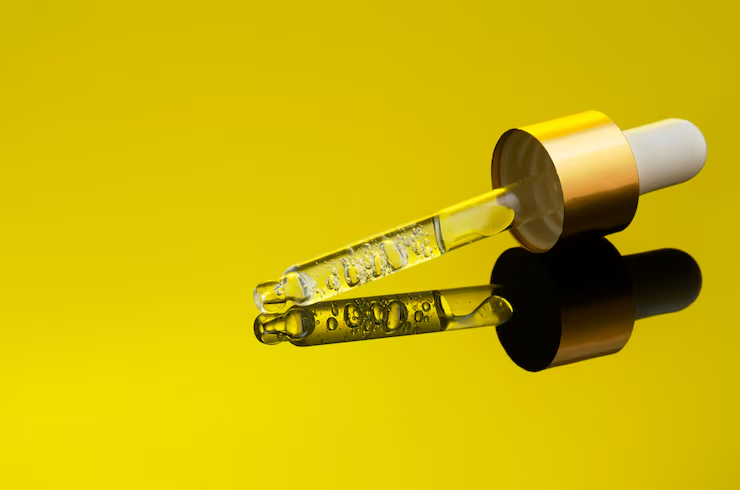
Bioavailability refers to the degree and rate at which a substance (in this case, cannabidiol or CBD) is absorbed into the bloodstream and becomes available for use in the body. In simple terms: it tells you how much of the CBD you’re actually getting.
When a CBD product has high bioavailability, more of the active compound enters your bloodstream, delivering greater therapeutic effects. Lower bioavailability means you may need a larger dose to achieve the same result.
Why the Bioavailability of Top CBD Products Matters
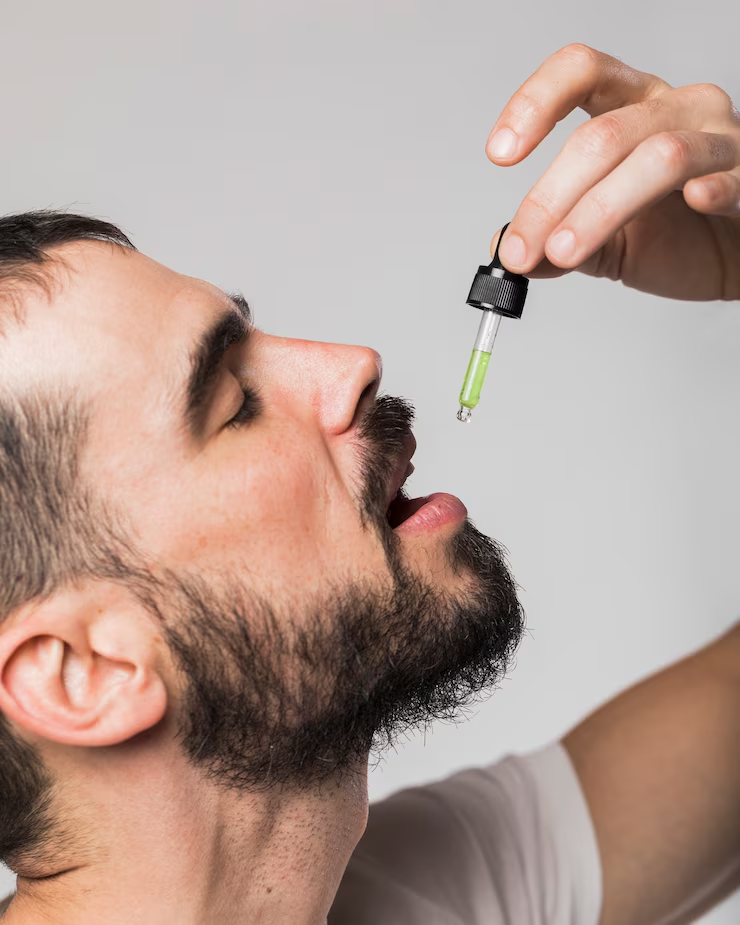
Most people take CBD for specific benefits — anxiety relief, pain management, better sleep, or overall wellness. If the product you’re using has low bioavailability, you might not be getting the desired effects, even if the dosage seems sufficient.
Here’s why understanding bioavailability of top CBD products is crucial:
- Maximizes effectiveness
- Reduces waste and saves money
- Improves targeted symptom relief
- Helps determine correct dosage
- Guides you to the right delivery method
Comparing Bioavailability: Top CBD Product Types
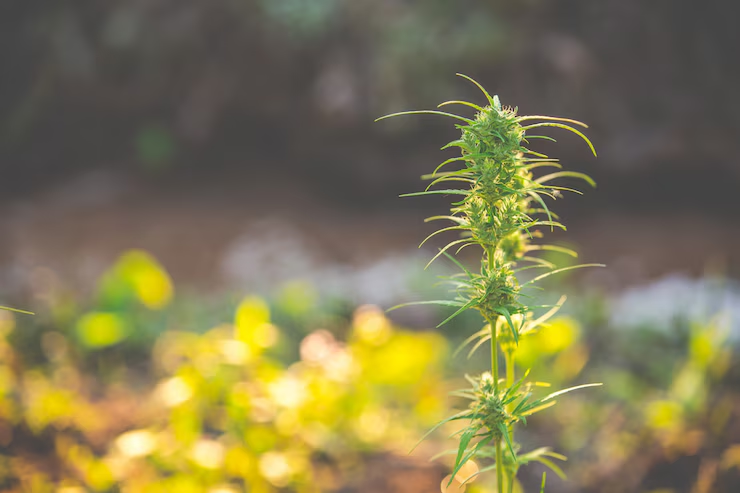
Let’s take a look at how different CBD formats stack up when it comes to bioavailability:
1. CBD Oil (Sublingual Tinctures)
- Bioavailability: ~13%–35%
- Why: When placed under the tongue, CBD absorbs directly into the bloodstream via mucous membranes. This bypasses the digestive system, making it one of the more efficient methods.
- Best for: Daily wellness, moderate anxiety, general inflammation.
2. CBD Vapes
- Bioavailability: ~34%–56%
- Why: Inhalation delivers CBD directly to the lungs, where it’s absorbed into the bloodstream rapidly.
- Best for: Fast relief from anxiety, stress, or pain.
3. CBD Edibles (Gummies, Capsules)
- Bioavailability: ~6%–19%
- Why: Edibles pass through the digestive system and liver (first-pass metabolism), breaking down CBD before it enters the bloodstream.
- Best for: Slow-release effects, sleep support, and long-term benefits.
4. CBD Topicals (Creams, Roll-Ons, Balms)
- Bioavailability: Localized only
- Why: Topicals don’t enter the bloodstream; instead, they interact with endocannabinoid receptors in the skin.
- Best for: Muscle aches, arthritis, joint pain, skin conditions.
5. CBD Water-Soluble Formulas
- Bioavailability: ~90% (claimed)
- Why: These are nano-emulsified or liposomal CBD products designed for maximum absorption.
- Best for: Enhanced daily wellness and fast results with lower doses.
How to Choose the Right CBD Product Based on Bioavailability
To make the most of your CBD experience:
- Read labels: Look for delivery methods and technologies that mention enhanced absorption or nano-CBD.
- Consider your goal: Use vapes or tinctures for fast relief, and edibles or capsules for long-lasting effects.
- Start small: Begin with a low dose and track how your body responds over time.
- Look for third-party testing: This confirms the product’s potency and purity.
- Consult a professional: Especially if you’re taking other medications or have chronic health concerns.
FAQs About the Bioavailability of Top CBD Products
1. Why does bioavailability vary so much between CBD products?
Because each method of consumption affects how CBD enters the bloodstream. Inhalation bypasses the digestive system, while edibles go through first-pass metabolism, lowering absorption.
2. Can I improve the bioavailability of my CBD products?
Yes! Taking CBD oil with high-fat meals, using water-soluble formulas, or switching to sublingual or inhaled products can boost absorption.
3. Do higher concentrations of CBD mean better effects?
Not always. What matters more is how much CBD your body actually absorbs. A 10 mg dose with high bioavailability may be more effective than a 50 mg edible with poor absorption.
4. Is nano-CBD really more effective?
Nano-CBD and liposomal formulas claim significantly improved bioavailability. Early studies and anecdotal evidence support this, but more research is still needed.
5. Should I use multiple CBD products for better coverage?
Yes, a combined approach — like using tinctures for systemic support and roll-ons for targeted relief — can be more effective depending on your needs.
Final Thoughts
Understanding the bioavailability of top CBD products helps you choose smarter, feel better, and waste less. While each method has its pros and cons, the key is matching the product’s absorption method with your personal wellness goals. Whether you’re managing chronic pain, easing anxiety, or supporting sleep, knowing how CBD enters your system empowers you to get the most from every drop, puff, or gummy.
CBD isn’t one-size-fits-all — and neither is bioavailability. Choose wisely, and your wellness journey will be that much smoother.

